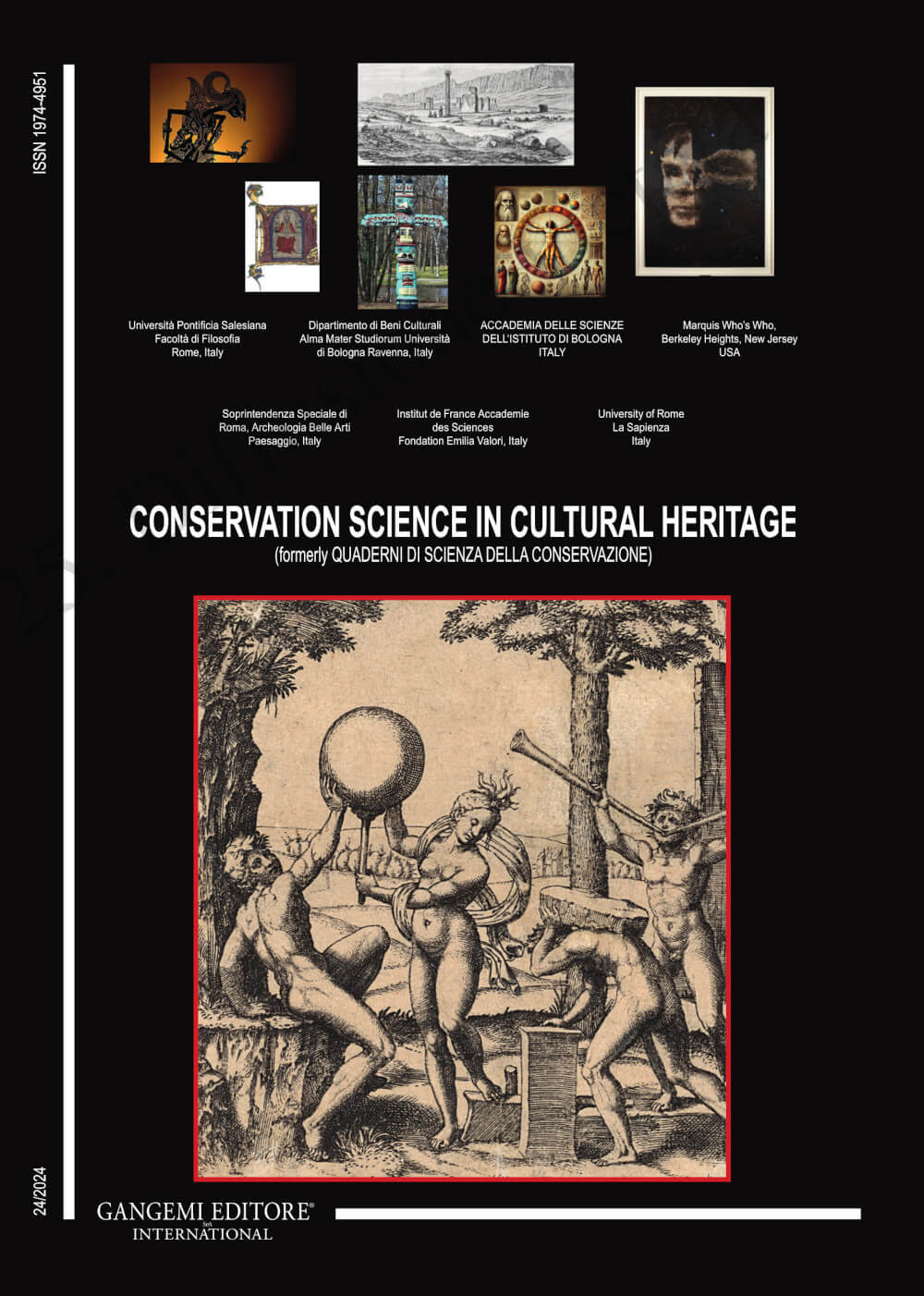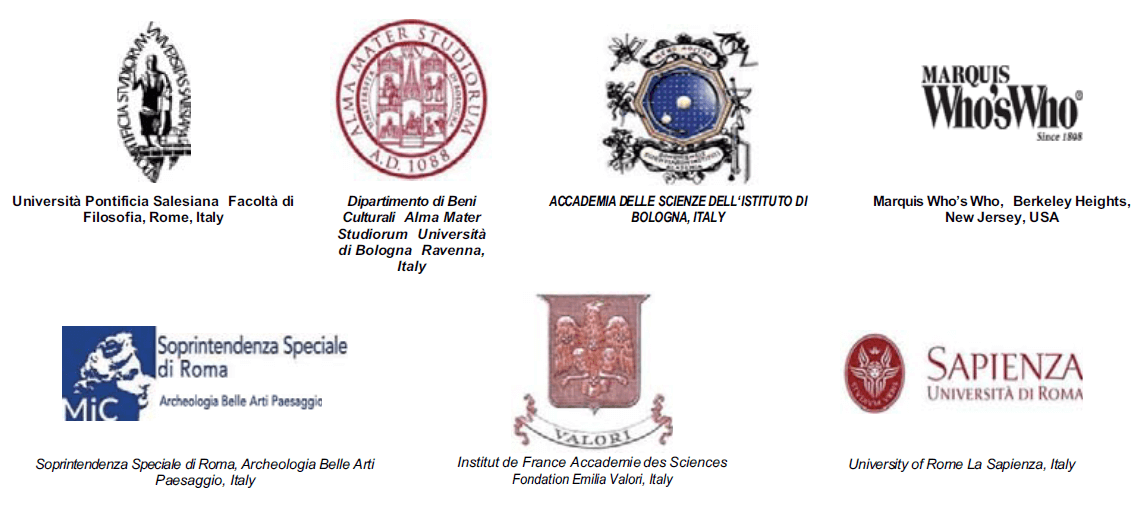Microclimatic study of the iconic cells in the Santa Catalina monastery, Arequipa, Peru
DOI:
https://doi.org/10.6092/issn.1973-9494/22464Keywords:
microclimates, residential cells, thermal characterizationAbstract
The Monastery of Santa Catalina in Arequipa is among Peru’s most significant and well-preserved historical monuments. It comprises primarily residential cells occupied by cloistered nuns of the Dominican order. This study conducts a microclimatic assessment of four emblematic cells and the main cloister, focusing on thermal, lighting, and acoustic characterization to evaluate habitability based on international standards. Environmental conditions were monitored from February to August 2024 using temperature and relative humidity sensors, along with digital lux and sound level meters. The data were analysed according to Fanger’s thermal comfort model. Results indicated PMV values between -0.19 and 0.11, corresponding to near-neutral thermal perception within the comfort zone. PPD values (excluding Cell D) ranged from 5% to 8%, with an average of 6.5%, aligning with Categories I and II of ISO 7730. Cell D, however, recorded a PPD of 16%, exceeding ASHRAE 55 thresholds, indicating non-compliance with acceptable thermal comfort standards.
Downloads
Published
How to Cite
Issue
Section
License
Copyright (c) 2024 F. A. Cuzziramos-Gutiérrez, L. S. Bernedo-Flores, D. R. Herrera-Bustinza, Sergio Coll-Pla

This work is licensed under a Creative Commons Attribution 4.0 International License.





